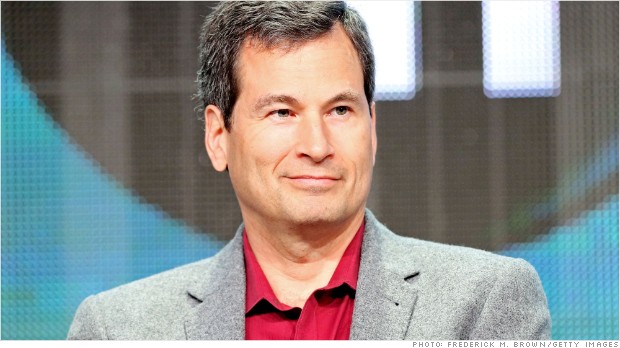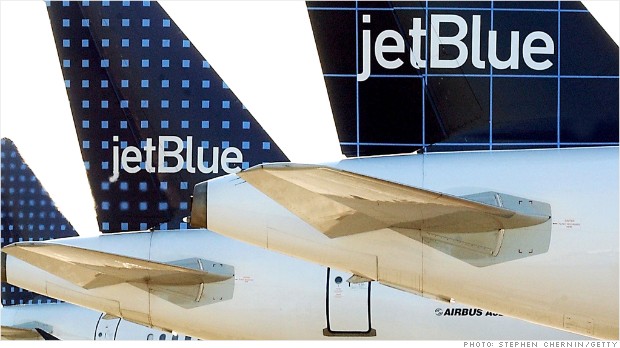Ralph Lauren Corp (NYSE:RL) will release its Fourth Quarter and Full Year Fiscal 2014 results for the period ended March 29, 2014 at approximately 8:00 A.M. Eastern, Friday, May 9, 2014. At 9:00 A.M. Eastern, on the same day, the Company will host a conference call for analysts, investors and other interested parties.
Wall Street anticipates that the clothing company will earn $1.63 per share for the quarter, which is $0.22 more than last year's profit of $1.41 per share. iStock expects Ralph Lauren to beat Wall Street's consensus number. The iEstimate is $1.68, a nickel more than expected.
[Related -Ralph Lauren Corp (RL): A Deeper Look Into Ralph Lauren's Stock]
Sales, like earnings, are expected to increase, rising by 11.3% year-over-year (YoY). RL's consensus revenue estimate for Q4 is $1.83 billion, more than last year's $1.64 billion.
Ralph Lauren Corporation is engaged in the design, marketing and distribution of products, including men's, women's and children's apparel, accessories (including footwear), fragrances and home furnishings. The Company operates in three segments: Wholesale, Retail and Licensing.
Beating estimates is nothing new for the fashion company. Ralph Lauren's profits have exceeded Wall Street's consensus number 14 of the last 16 quarters. EPS were on-target for the two outstanding quarterly checkups. On average, RL actual profits bypass projected EPS by $0.23 with a range of $0.11 to $0.50 more than forecasted. That's makes the iEstimate look small by comparison.
[Related -Stocks Close Lower Amid China Data; HP Jumps]
For the most part, RL's earnings-driven, price sensitivity has tracked the bullish nature of earnings announcements. The stock price moved higher 10 of the last 16 quarters, gaining anywhere from 2.2% to 13% with an average increase of 7.28%. Meanwhile, RL's price backed up a half-dozen times by an average of 3.93%.
Unfortunately for shareholders, May has been the worst performing quarter. Shares lost ground three of the last four emerald month announcements, dropping -2.9%, -4.4%, and -4.9% in the days surrounding the news. Once, May 2012, RL managed a 3.8% gain.
For most retailers, margins are the key to bullish or bearish surprises. As it is with RL, we do have some concerns in this regard for Friday morning. In Q3, the cost of goods sold increased 8.34% versus sales gains of 3.08%. It might now sound like too big of a deal, but it's a $40 million difference had costs increased at the same pace as sales. It works out to $0.45 per share.
RL's balance sheet has some margin eyesores, too. Inventory was up 35.6% during the third quarter, which could mean clearance sales in Q4 i.e. smaller profit margins. Additionally, some customers might be slow to pay their bills as account receivables climbed 25.98%.
Overall: Ralph Lauren Corp (NYSE:RL) history and iEstimate suggest another bullish surprise is coming. However, RL's financial statements raise some concerns. The may not show up this quarter, but they will eventually if not corrected.


 ) offers a dividend yield of 3.32% based on Wednesday's closing price of $50.63 and the company's quarterly dividend payout of 42 cents. The stock is down 2.6% year-to-date. Dividend.com currently rates ABBV as “Recommended” with a DARS™ rating of 3.5 stars out of 5 stars.
) offers a dividend yield of 3.32% based on Wednesday's closing price of $50.63 and the company's quarterly dividend payout of 42 cents. The stock is down 2.6% year-to-date. Dividend.com currently rates ABBV as “Recommended” with a DARS™ rating of 3.5 stars out of 5 stars.

 In the latest of several reports indicating improvement, the European Commission recently said that its Economic Sentiment Indicator for the euro zone moved into positive territory this month for the first time in more than two years.
In the latest of several reports indicating improvement, the European Commission recently said that its Economic Sentiment Indicator for the euro zone moved into positive territory this month for the first time in more than two years.
 Commercial space travel just a year away
Commercial space travel just a year away